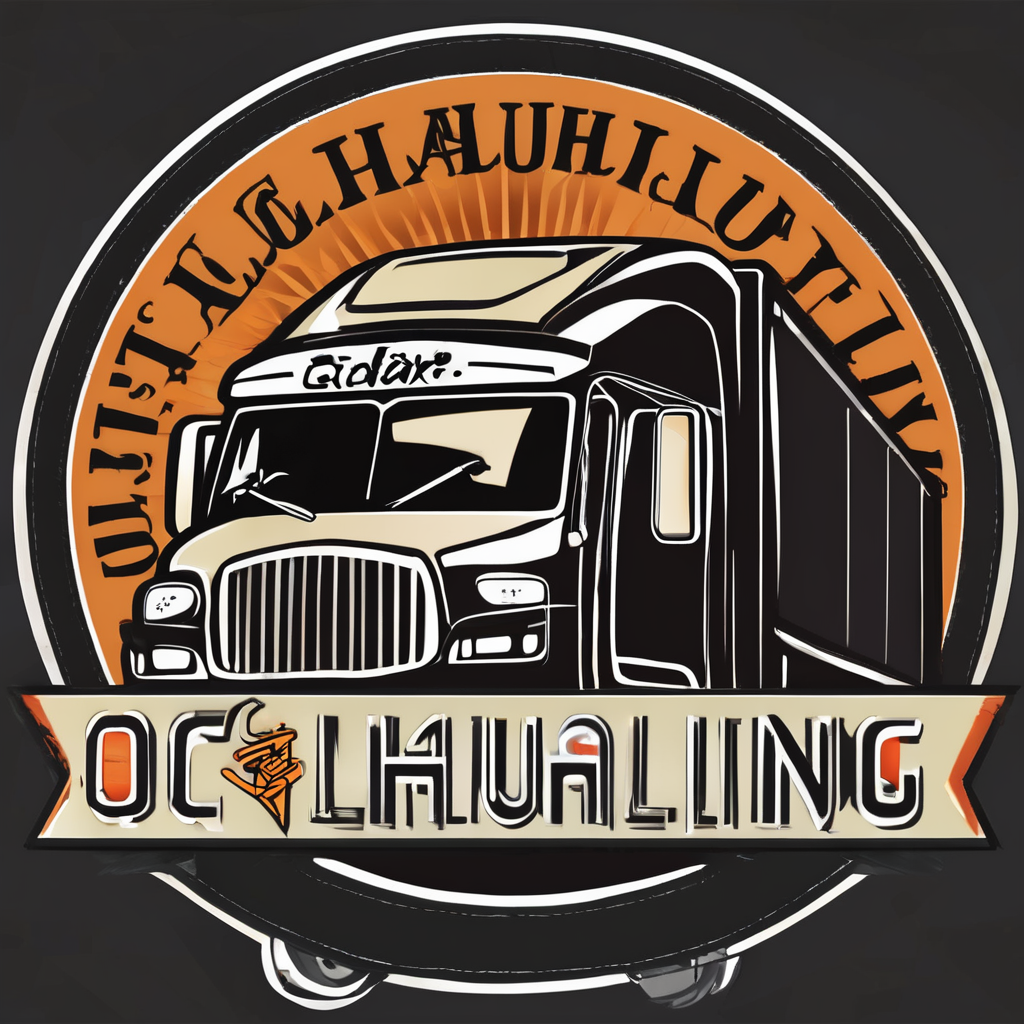As potential homeowners, you are often faced with countless decisions and concerns. One such concern is the risk of subsidence, particularly when purchasing a home on clay soil. This is particularly relevant if you’re considering a property purchase in Essex, renowned for its clay soil. Through this comprehensive guide, we aim to help you understand the risks of subsidence, and how to mitigate them. Let’s first take a closer look at what subsidence is and why it’s a significant concern for homeowners.
Understanding Subsidence and Its Impact on Property
Subsidence is the gradual caving in or sinking of an area of land. It occurs when the ground beneath a building compresses or shifts, often due to changes in the soil content, leading the property to steadily sink. This presents a problem for homeowners as it can cause considerable structural damage to the property, ranging from cracks in the walls, to serious foundation issues that may compromise the overall structural integrity of the house.
A voir aussi : What are the best floor materials for a beach house in Dorset to prevent sand damage?
The damage caused by subsidence can be particularly severe when the property is built on clay soil. Clay has a high capacity for water retention, and changes in weather conditions can cause it to expand and contract. During wet periods, the clay expands as it absorbs water. Conversely, during dry spells, the clay contracts as it loses water. This constant process of expansion and contraction can destabilise the foundations of a house, causing it to shift and potentially leading to subsidence.
The Role of Trees and Vegetation in Subsidence
While soil and weather conditions are primary factors in subsidence, do not overlook the role of trees and vegetation. Trees, particularly large, mature ones, can absorb significant amounts of water from the soil. They can exacerbate the risk of subsidence in clay soil areas. Species such as Willows, Poplars, and Oaks are known for their voracious water consumption.
En parallèle : What are the ecological assessments required for building a house near a nature reserve in Devon?
Experts like Barry and Callum, leading surveyors in London, suggest maintaining a safe distance between trees and your property. They recommend at least one tree height’s distance from the property for fully mature trees, as the roots can extend significantly underground and might affect the soil under your home. A detailed tree survey can accurately identify potential risks and advise on the appropriate actions, such as tree pruning or in extreme cases, tree removal.
Subsidence and Your Property Insurance
Subsidence can also have financial implications for homeowners, particularly when it comes to property insurance. A house with a history of subsidence might see an increase in insurance premiums, or even struggle to secure coverage at all. It’s essential to consider this when purchasing a property on clay soil in Essex.
If you are contemplating buying such a property, ensure a detailed insurance report covers the risk of subsidence. If you are currently dealing with subsidence in your home, contact your insurance provider to discuss your options. It’s also worth noting the importance of keeping your insurer informed about any changes to your property, such as removing or planting large trees, as this can affect your coverage.
Mitigating Subsidence: The Role of Building Surveys and Expert Opinion
The best way to mitigate the risk of subsidence is through awareness and prevention. If you’re considering buying a property in Essex, or any area with prevalent clay soil, ensure you have a detailed building survey conducted on the property before purchasing.
Barry, a surveyor in London, says, "A property survey is an essential tool for any potential homeowner. It can highlight potential issues like subsidence, allowing you to make informed decisions about your property purchase. A good survey will not only assess the existing condition of the building but also the condition of the surrounding land, including soil and vegetation."
In addition to a building survey, consider consulting with a soil specialist. They can provide a detailed soil report, offering insights into the clay content and potential for soil movement that could lead to subsidence. When combined with a thorough building survey, this information can provide a complete picture of any potential risks.
Mitigating the risks of subsidence when purchasing a home on clay soil in Essex isn’t a task you should undertake alone. By understanding the causes of subsidence, maintaining a mindful approach to trees and vegetation, considering insurance implications, and consulting with experts for detailed surveys and reports, you can make informed decisions about your property purchase. Property ownership is a significant investment, and it’s essential to ensure you’re making a safe and sound decision.
Recognising the Symptoms of Subsidence
As a potential homeowner, understanding the symptoms of subsidence can help you take proactive measures to prevent or mitigate its impact. It’s not always easy to spot the early signs of subsidence, but some pointers might indicate that your property is at risk.
Visible cracks on the exterior or interior walls of the property are often the first indication of a subsidence problem. These cracks usually appear around windows and doors, as these are the weakest areas of a building. They’re often diagonal, wider at the top than the bottom, and wider than a 10mm – signs that distinguish them from simple plaster cracks.
Doors and windows sticking for no apparent reason can also be a sign of subsidence. If the frames have become distorted due to the building moving, doors and windows will no longer fit properly. Furthermore, rippling wallpaper that’s not caused by dampness could suggest the wall is warping due to subsidence.
If you detect any of these signs, it is highly recommend to seek professional assessment to determine if subsidence is the underlying issue. Peter Barry, one of the leading Barry Surveyors, can offer an excellent service to assess potential subsidence issues. Also, Callum Escott specializes in examining clay soils, their shrink-swell potential, and the impact of tree roots on soil stability.
The Importance of a Party Wall Agreement
If your property shares a wall with a neighbouring building, a Party Wall Agreement is another essential consideration. The Party Wall Act 1996 provides a framework for preventing and resolving disputes concerning party walls, boundary walls and excavations near neighbouring buildings. It is particularly relevant in cases of subsidence, where the shared wall might be affected.
If subsidence causes damage to a party wall, the first step is to establish the cause. If the subsidence is due to changes in the clay soil or the impact of nearby trees, then this should be covered under the Party Wall Agreement. Ensuring you have a valid agreement in place can help to mitigate potential disputes and clarify repair responsibilities.
David Breeze from Peter Barry Surveyors specializes in party wall matters and can provide a comprehensive level survey and a detailed survey report. His services come highly recommended from previous clients who have dealt with subsidence issues. Similarly, Steve Hobbs has an excellent reputation for his service at Peter Barry, particularly in relation to party wall agreements and lease extension advice in subsidence related cases.
Conclusion: The Importance of Expert Guidance and Proactive Measures
Purchasing a home on clay soil in Essex may come with its unique risks, but these can be effectively managed with the right approach. It’s important to never underestimate the potential for subsidence. Recognising the symptoms early, maintaining a safe distance between large trees and your property, and understanding the significance of a party wall agreement are all crucial steps towards mitigating these risks.
Having a detailed building and soil survey conducted by experts such as Peter Barry Surveyors, and ensuring that your property insurance covers the risk of subsidence, are highly recommended steps. They offer excellent service and their expertise in dealing with clay soils, tree root impact and the shrink-swell cycle of clay make them a reliable choice for potential homeowners.
Indeed, the journey to owning a home is filled with many decisions and challenges. However, armed with the right knowledge and expert guidance, you can navigate through these challenges successfully. Consider every aspect, take proactive measures and make informed decisions to ensure your investment stands on solid and firm ground.






